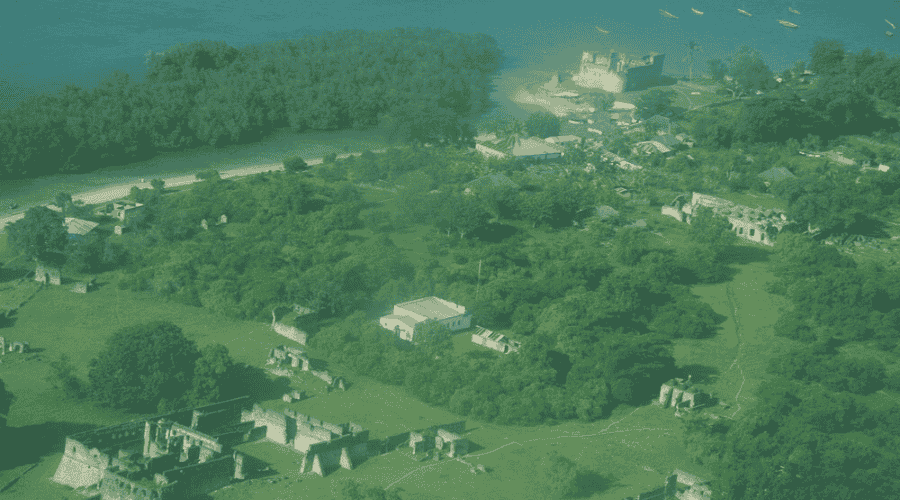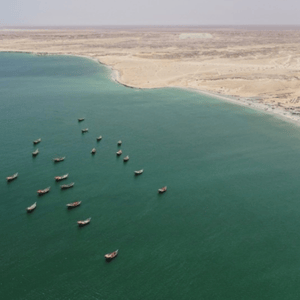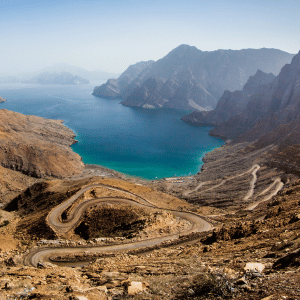Kilwa Kisiwani and Songo Mnara: Cultural Treasures of the Swahili Coast in Tanzania
The ruins of Kilwa Kisiwani and Songo Mnara, located on two small islands off the southern coast of Tanzania, represent an invaluable cultural heritage of the Swahili civilization. Flourishing between the 13th and 16th centuries, these ports were central to trade with Arabia, India, and China, acting as vital hubs in the Indian Ocean trade network. Gold, ivory, Chinese porcelain, Persian faience, and other luxury goods passed through these influential cities.
The impressive remains—including the Great Mosque of Kilwa (the oldest mosque on the East African coast), palaces such as Husuni Kubwa, and numerous residential areas—demonstrate the region’s architectural wealth and the spread of Islam. Songo Mnara, though smaller, is equally significant, with several mosques, a palace complex, and coral-stone dwellings.
Listed as UNESCO World Heritage sites, these ruins showcase the cultural and economic growth of the Swahili civilization. However, they now face threats from coastal erosion, vegetation overgrowth, and unregulated urban expansion. The preservation of these sites depends on effective management, community involvement, and sustainable conservation efforts.
Beyond their archaeological importance, Kilwa Kisiwani and Songo Mnara embody the cultural identity and maritime history of Tanzania, serving as a tangible link between East Africa and the great civilizations of the medieval world.









